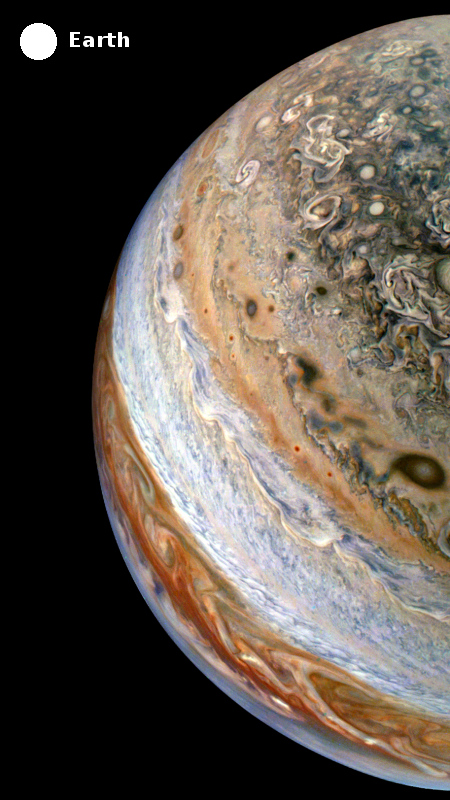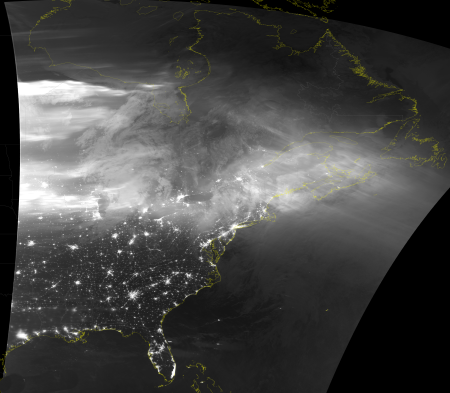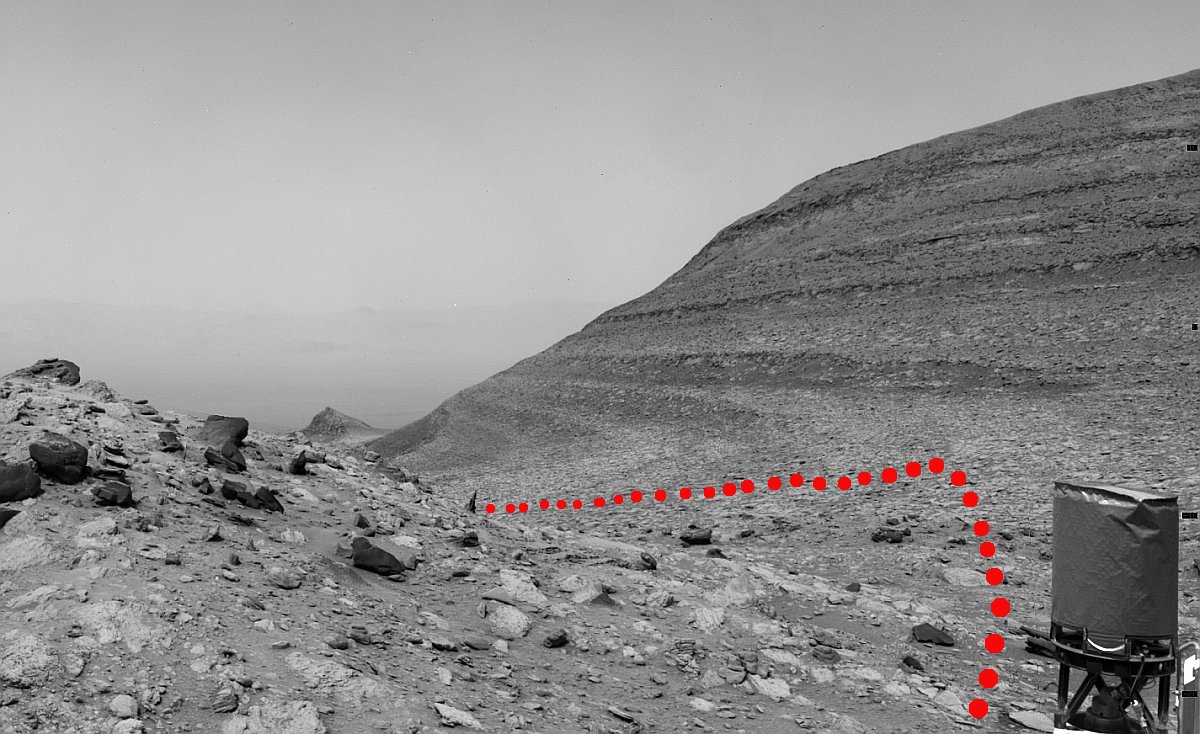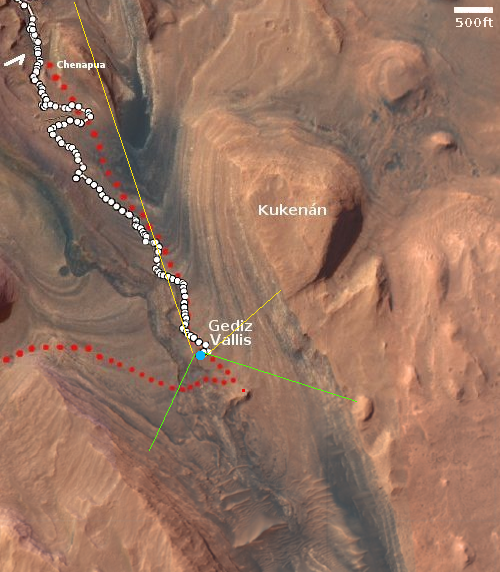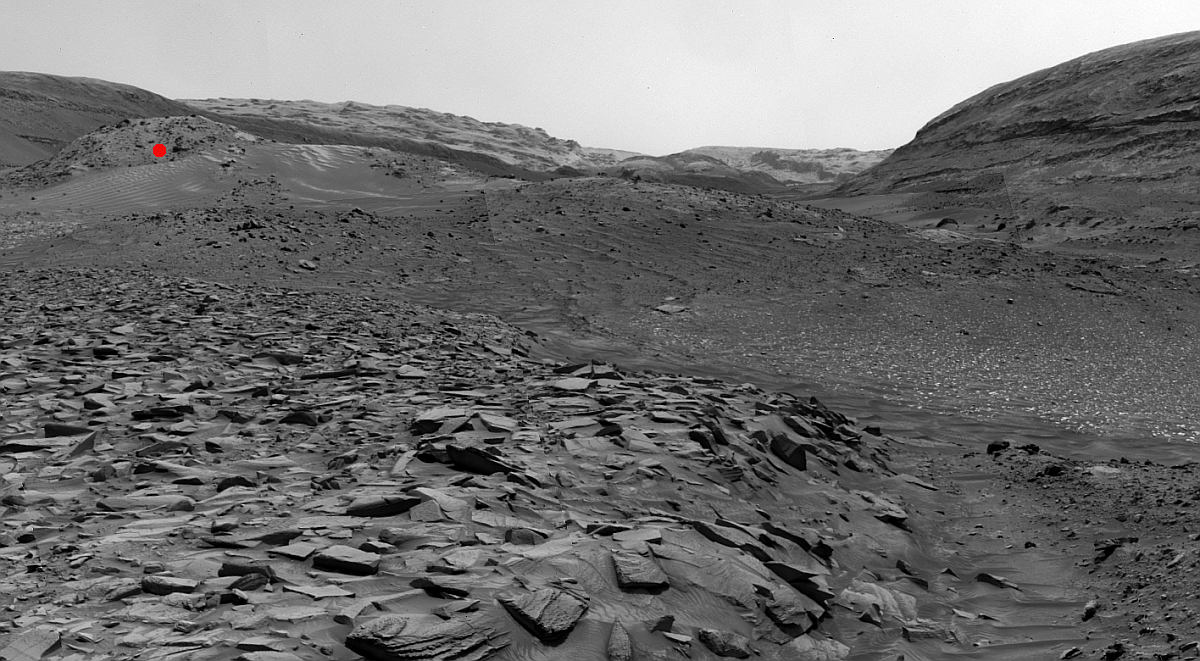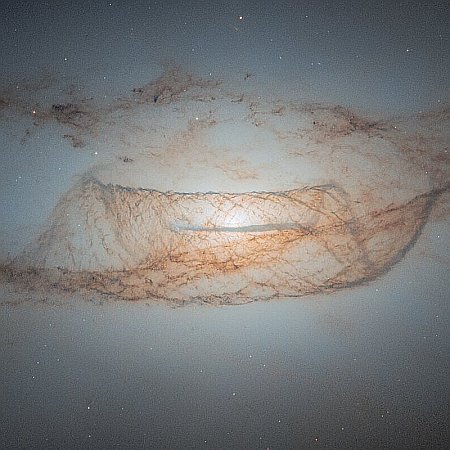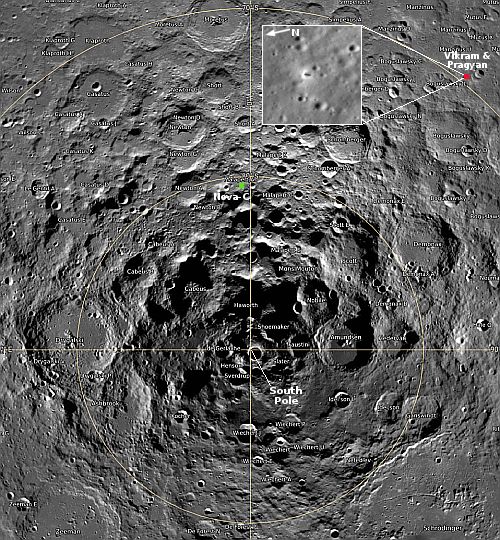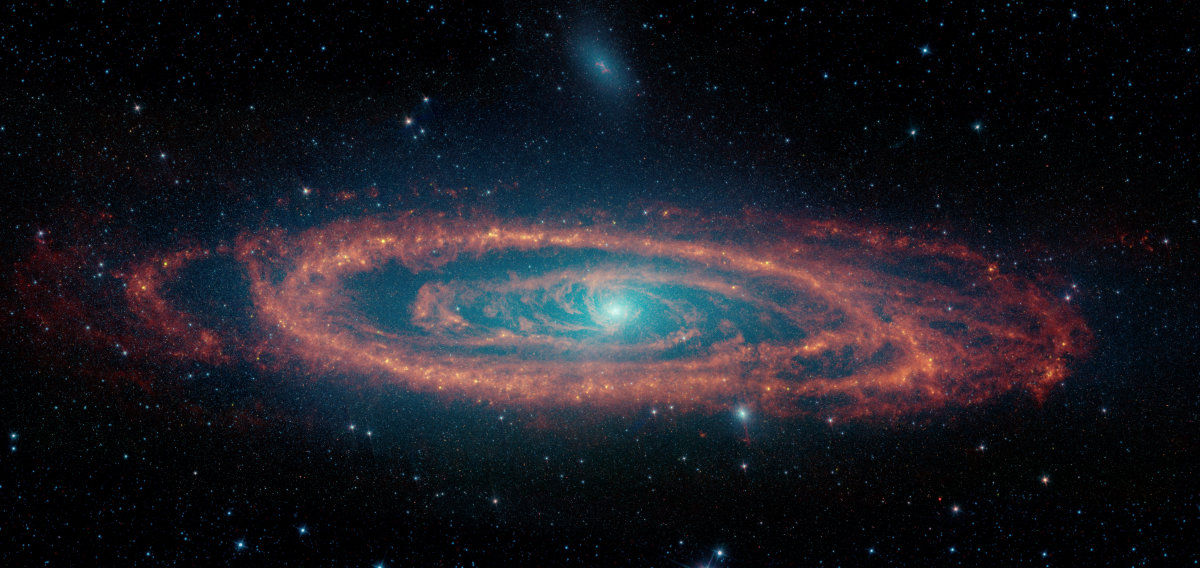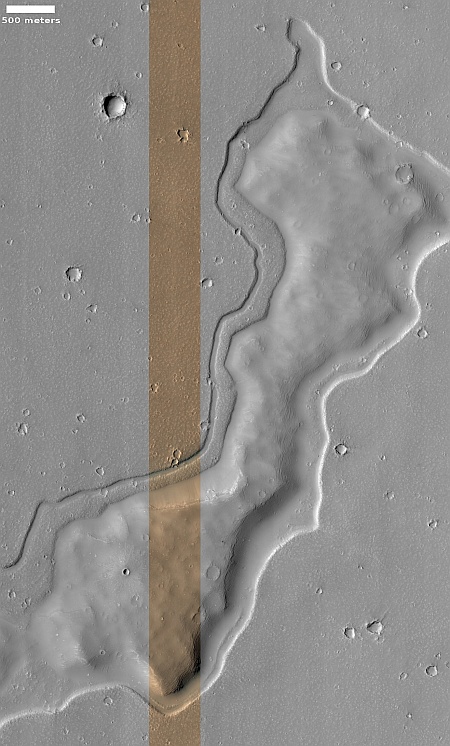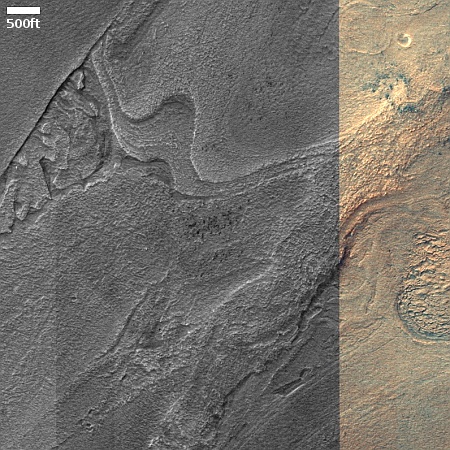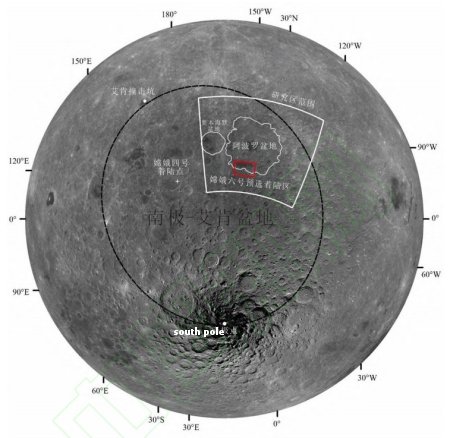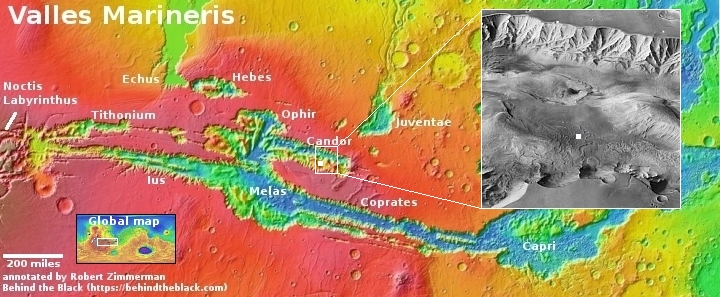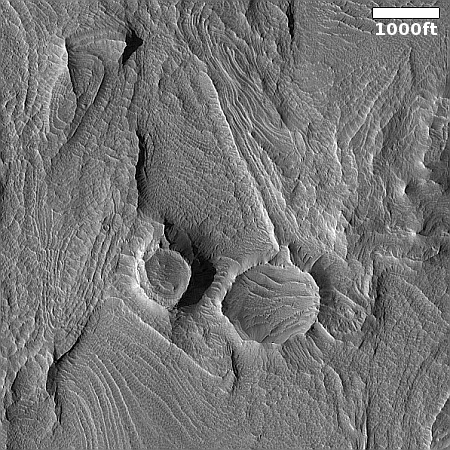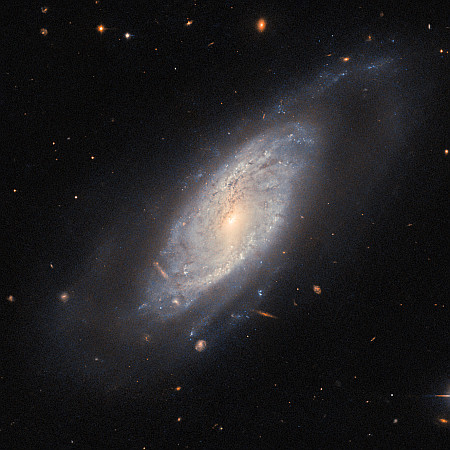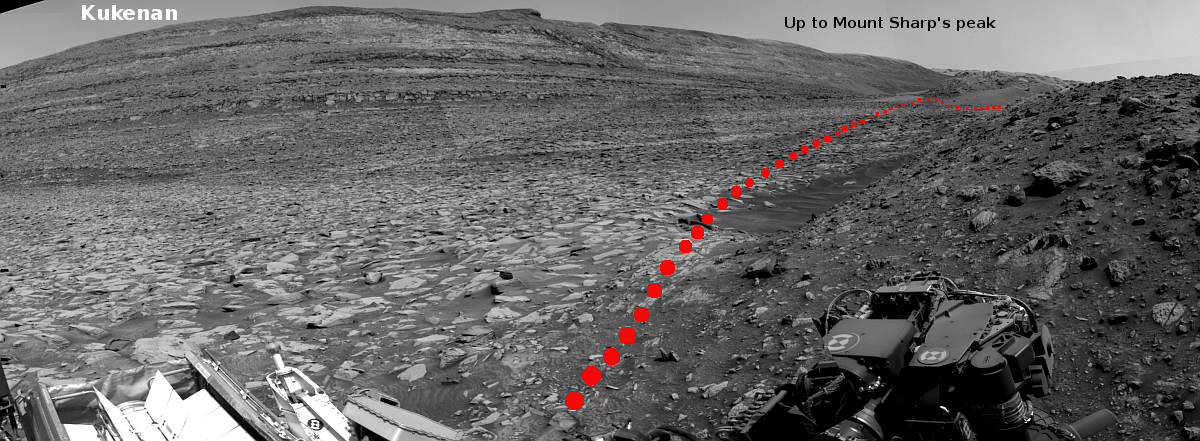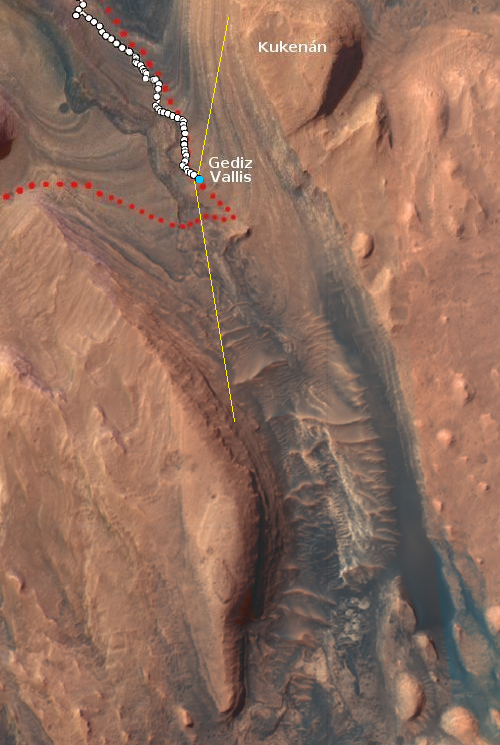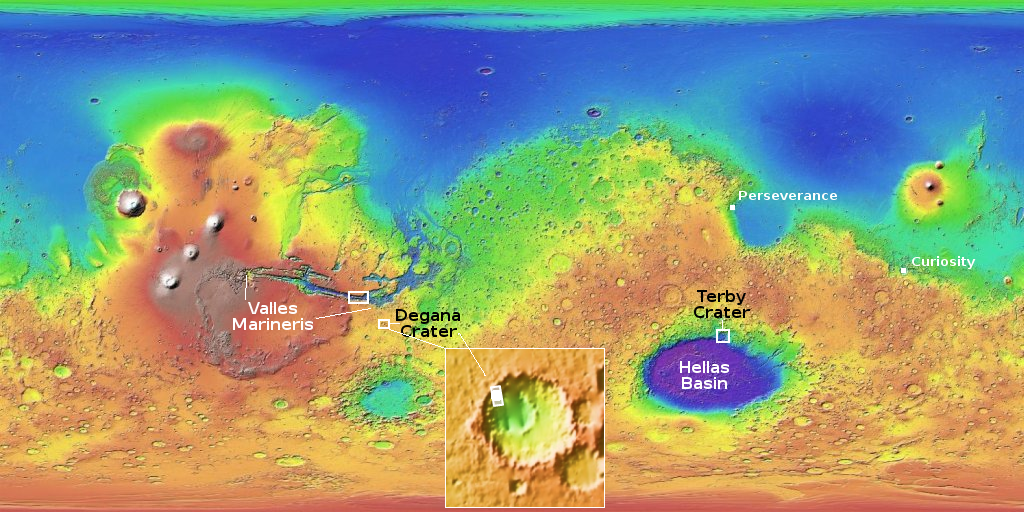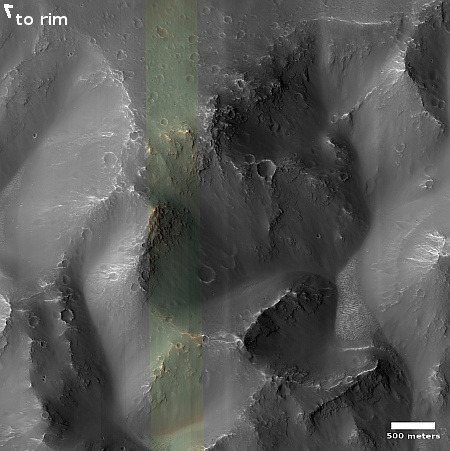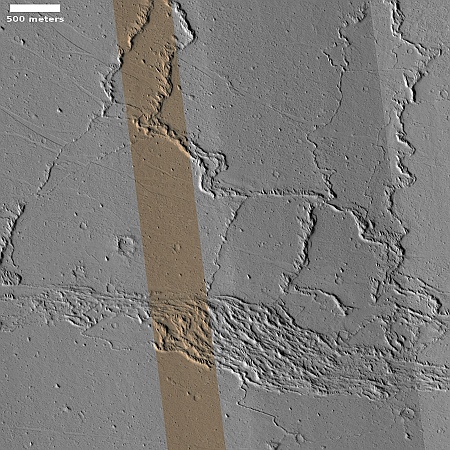NASA signs new agreement with ESA to partner on Franklin Mars rover
NASA yesterday signed a new agreement with the European Space Agency (ESA) that confirmed its previous commitment to help land ESA’s Franklin rover on Mars.
With this memorandum of understanding, the NASA Launch Services Program will procure a U.S. commercial launch provider for the Rosalind Franklin rover. The agency will also provide heater units and elements of the propulsion system needed to land on Mars.
Previously NASA had committed $30 million to pay for that launch provider, as yet undetermined. It now wants $49 million for the Franklin mission, with the extra money likely to pay for the new additional equipment outlined in this agreement.
Whether NASA gets this money from Congress however remains unknown. It has not yet been appropriated.
This overall European project has been fraught with problems. It was first designed as a partnership with NASA. Then Obama pulled NASA out in 2012, and ESA switched to a partnership with Russia, which was to provide the rocket and lander. Then in 2022 Russia invaded the Ukraine and Europe broke off all its partnerships with Russia.
Since then ESA has signed a deal with the company Thales Alenia to build the lander.
As these political foibles were going on, the rover also had parachute issues that forced ESA to cancel its original launch date in 2022, using the Russian rocket.
It is likely Congress will approve this additional funding, though it seems to me that Europe should be able to afford paying for its own launch, especially if it is buying that service from the much cheaper U.S. market.
NASA yesterday signed a new agreement with the European Space Agency (ESA) that confirmed its previous commitment to help land ESA’s Franklin rover on Mars.
With this memorandum of understanding, the NASA Launch Services Program will procure a U.S. commercial launch provider for the Rosalind Franklin rover. The agency will also provide heater units and elements of the propulsion system needed to land on Mars.
Previously NASA had committed $30 million to pay for that launch provider, as yet undetermined. It now wants $49 million for the Franklin mission, with the extra money likely to pay for the new additional equipment outlined in this agreement.
Whether NASA gets this money from Congress however remains unknown. It has not yet been appropriated.
This overall European project has been fraught with problems. It was first designed as a partnership with NASA. Then Obama pulled NASA out in 2012, and ESA switched to a partnership with Russia, which was to provide the rocket and lander. Then in 2022 Russia invaded the Ukraine and Europe broke off all its partnerships with Russia.
Since then ESA has signed a deal with the company Thales Alenia to build the lander.
As these political foibles were going on, the rover also had parachute issues that forced ESA to cancel its original launch date in 2022, using the Russian rocket.
It is likely Congress will approve this additional funding, though it seems to me that Europe should be able to afford paying for its own launch, especially if it is buying that service from the much cheaper U.S. market.


